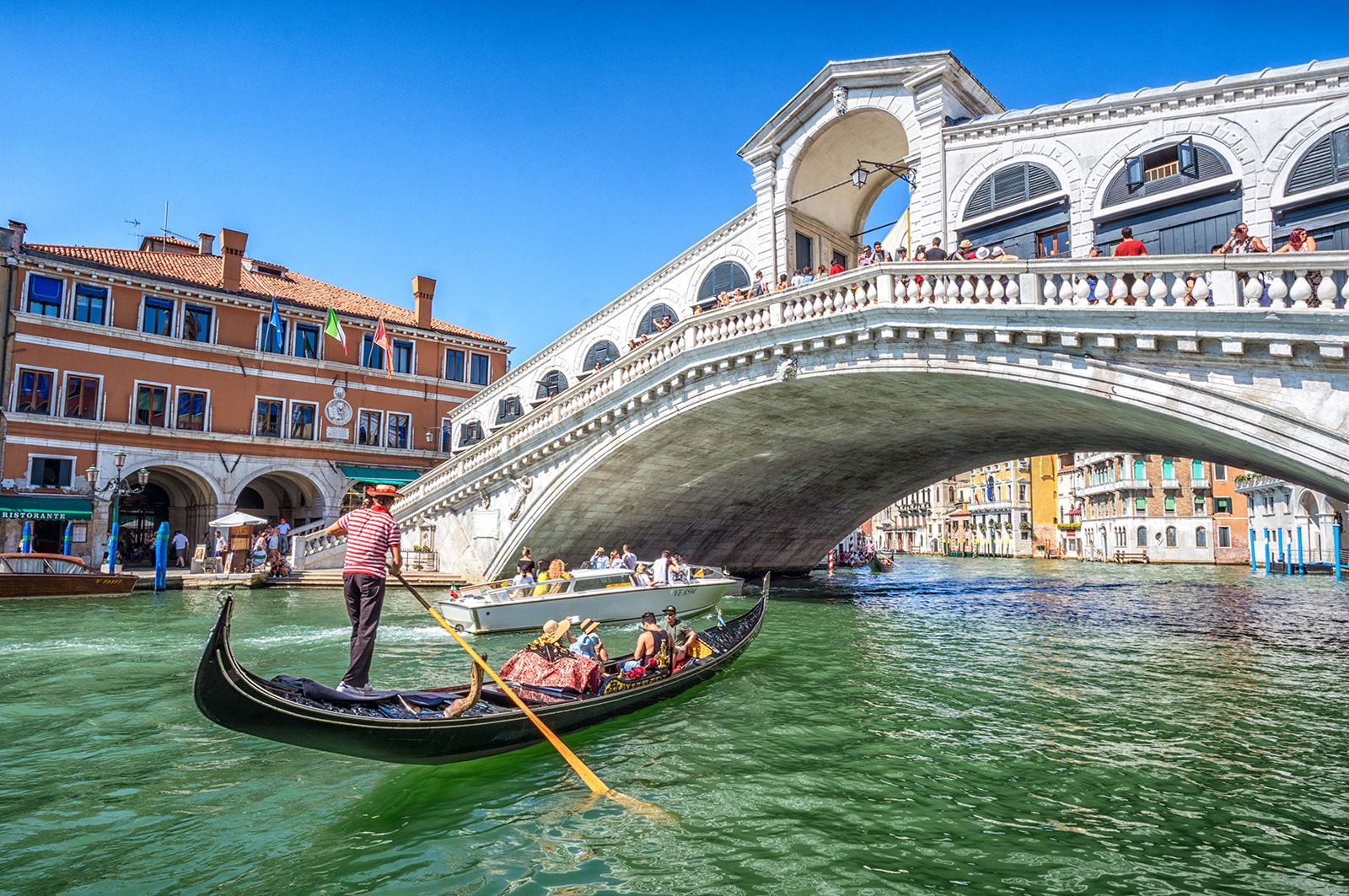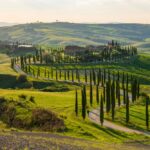In the beautiful setting of the Gulf of Naples, there is a treasure of priceless historical and archaeological value: the Pompeii ruins.
Declared a UNESCO World Heritage Site in 1997, Pompeii is one of the most visited Italian archaeological sites in the world: with its 4 million visitors a year, the ruins boast the primacy of being the most important testimony of everyday life of the ancient Romans.
The city became famous for the human tragedy that is intertwined with history and archaeology. On August 24, or according to other theories, on October 24, 79 AD, the volcano Vesuvius, interrupted his sleep that lasted for 700 years, erupting around lunchtime, when the city was in the midst of its chaos and vitality: a column of volcanic material was ejected with great power into the sky, until it reached the stratosphere and then opened into the sky, just like the shape of an atomic bomb. The city of Pompeii was then invested with volcanic material, gas, ash and lapilli, which rained on the city with incredible destructive power entirely burying houses, shops, people and animals, sweeping away every trace of life until then present in the charming town.
The city was forgotten until the beginning of the excavation works, which will start only in 1748 during the reign of Charles of Bourbon. That date marks the beginning of a renewed worldwide interest in the classical age, with its inimitable treasures of art, literature and history.
Visiting the ancient Pompeii became a must for the artists of the Grand Tour, along with Rome, Florence, Venice, Naples, thus becoming an incredible testimony of what was the daily life of the Roman aristocracy and its slaves, of ordinary people, shopkeepers, women, gladiators.
The city had a population of about 20,000 inhabitants and extended for 66 hectares in size, visiting its streets today you can be entranced by the view of the wonderful domus, the beautiful villas of the rich pompeians, you can imagine how it was cooking bread in the ovens, still perfectly preserved and so similar to our pizza ovens, you can go to visit the thermal baths where the Pompeians allowed themselves a moment of relaxation after work, you can visit the shops where they bought take-away food, and you can even visit one of the brothel, still decorated with the famous erotic paintings that helped create the atmosphere. You can take a tour of the forum, the large square, the heart of the city, close to the ancient port of Pompeii, and be enchanted by the wonderful view of Vesuvius, in all its disturbing beauty.
Visiting the Pompeii ruins is a must for all those who are passing through this area, as it is not only a historical experience but also an experience at a human level: do not forget that Pompeii is a place that has experienced the devastating fury of a volcano that is still considered as one of the most dangerous in the world: during the visit you can come across a show as fascinating as devastating, the original casts of the victims of the eruption. Thanks to the brilliant intuition of the archaeologist Giuseppe Fiorelli, since 1860 it has been possible to preserve the bodies of the victims, bodies that hold the tragic memories of that fatal day, but at the same time witnesses of an ancient world made of incredible technologies, fascinating customs and mysterious rituals, a lost world but at the same time still alive, through the testimonies that this incredible archaeological site returns to visitors, who cannot be but fascinated, enchanted, touched and enchanted at the same time by the beauty of this unique place in the world.








